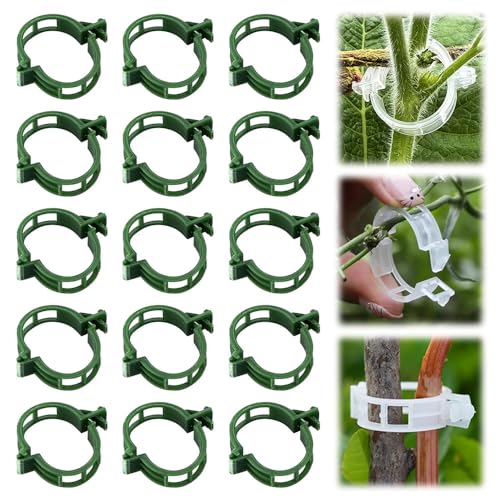Which tree is better to grow?
People who live in desert climates or other places with little water often think they can’t have a garden because of the lack of water. This is not true! You can grow a garden in a dry climate, you just have to select the right plants. One tree that is perfect for a dry climate is the Joshua tree. The Joshua tree is a type of yucca that grows in the Mojave Desert. This tree is very tolerant of drought and can live for hundreds of years with very little water.
Different types of trees
There are many different types of trees and each one has its own distinct benefits. Some types of trees are better suited for places with less water, while others require more water to thrive.


Some drought-tolerant tree species include the following:
- Oak * Maple * Birch * Ash * Beech * Elm * Linden * Fir * Pine
Each of these tree species has different characteristics that make them well-suited for drier climates. For example, oaks have deep roots that help them access underground water sources, while maples have a waxy coating on their leaves that helps prevent moisture loss.
When choosing a tree for a drier climate, it’s important to consider the specific needs of the tree species and how well it will be able to adapt to the local conditions.
Which tree should be planted in an area with less water?
If you’re looking to add a tree to your landscape but are limited on water, you may be wondering which species to choose. Here are some of the best trees to grow in dry conditions:
- Crape Myrtle
This tough tree is perfect for areas with long periods of drought. It’s also heat and humidity tolerant, making it a great choice for the southern United States. Crape myrtles come in a variety of colors, so you can find one to complement any landscape. - Palo Verde
Palo verdes are well-adapted to arid conditions and can even survive on rainfall alone. They’re common in desert landscapes and offer beautiful blooms in springtime. Palo verdes are also relatively low-maintenance, so they’re perfect for busy homeowners. - Oak Tree
While most oaks require moderate amounts of water, there are a few species that thrive in dry conditions. The scrub oak is a good option for drought-tolerant landscaping, and the live oak is also fairly resilient to drought. Just make sure to choose a variety that’s suitable for your climate zone. - Redbud Tree
Redbuds are small trees with big impact. They’re beautiful in springtime with their pink or purple blossoms, and they’re relatively resistant to drought conditions compared to other flowering trees. If you’re looking for color in your landscape without too much maintenance, the redb
How to take care of a tree
A tree needs water to survive, but how much water a tree needs depends on the species of tree. Some trees, such as cacti, can live in arid conditions with very little water, while others, such as willows, require a lot of water to thrive. When choosing a tree to plant in an area with limited water availability, it is important to select a drought-tolerant species.
Once you have selected a drought-tolerant tree species, there are several things you can do to help it survive and thrive in dry conditions:
-Mulch the soil around the base of the tree to help retain moisture.
-Deeply and gradually water the tree to give the roots time to absorb the water.This should be done once or twice a week during periods of extended drought.
- Avoid fertilizing the tree; too much fertilizer can actually stress the tree and make it more susceptible to drought damage.
-Prune dead or dying branches from the tree to reduce its water needs.
The benefits of trees
Trees are beneficial for many reasons. They can serve as windbreaks, provide shade, and improve air quality. They also help to conserve water by intercepting rainfall and reducing evaporation. In addition, trees can help to reduce noise pollution and provide food and habitat for wildlife.
Conclusion
We hope that this article has helped you understand the different trees that are better to grow in a place with less water. While all trees need some water to survive, these trees are more drought-tolerant and can better withstand periods of dryness. If you live in an area with limited water resources, we recommend growing one of these trees in your yard.
Treating Ear Mites in Your Pet Cat
- How often should you change potting soil for indoor plants?
- Do money plants grow better in water or in soil?
- difference between aquaponic and hydroponic farming
- Which vegetables and fruits take the longest time to grow?
- What are some plants that can be grown in a corner garden?
Discover more from Gardening with Ecorganicas-Source for Organic Gardening Tips
Subscribe to get the latest posts sent to your email.





